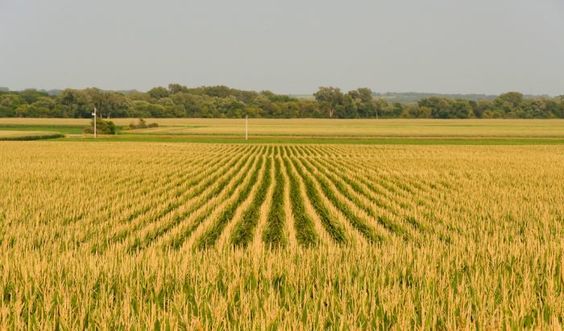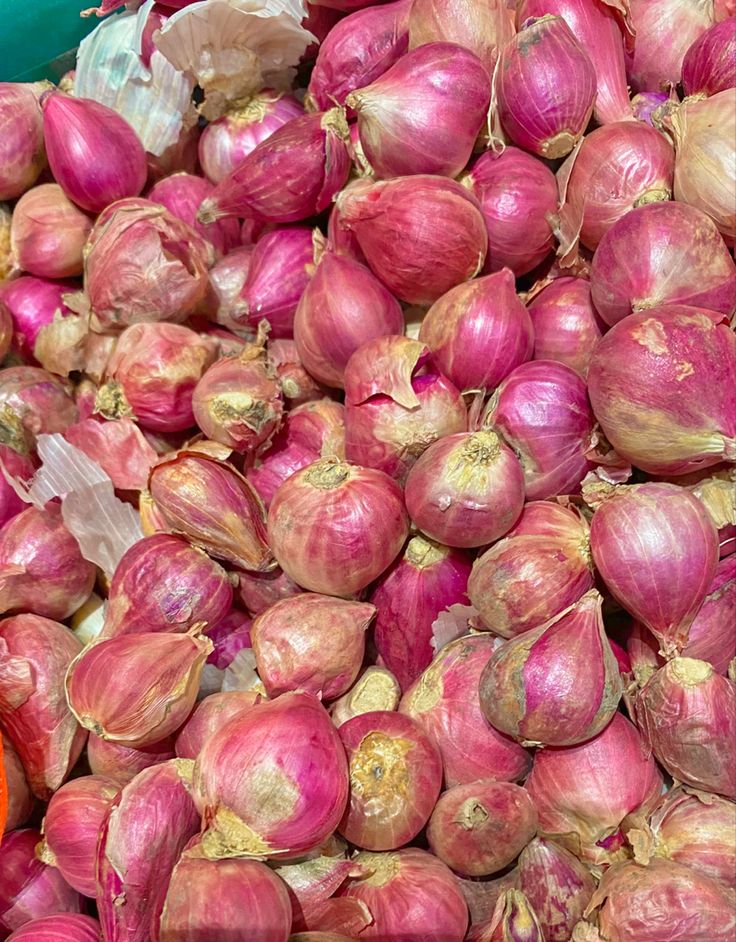Cultivating the Future: How Wireless Farming is Revolutionizing Smart Agriculture
Wireless Farming,The agricultural landscape is undergoing a significant transformation, driven by the integration of technology and innovative practices. Smart agriculture, embracing the power of data and automation, is at the forefront of this revolution, and wireless farming represents a crucial element within this evolving narrative. This article explores the potential of wireless farming, delving into its applications, benefits, and considerations for its implementation in the agricultural sector.
Contents
Untethered Potential: Applications of Wireless Farming
Wireless farming encompasses the utilization of wireless communication technologies to connect various components within an agricultural operation. This includes:
- Sensors: Wireless sensors are deployed across the farm, collecting real-time data on soil moisture, temperature, humidity, light intensity, and other relevant parameters. This data provides valuable insights into crop health, environmental conditions, and resource utilization.
- Machinery: Modern agricultural machinery is increasingly equipped with wireless connectivity, enabling remote monitoring and control. This allows farmers to optimize operations, adjust settings on the fly, and ensure the efficient usage of equipment.
- Livestock Management: Wireless technology can be used for livestock tracking, monitoring health parameters, and even automating feeding systems. This improves animal welfare, facilitates timely intervention during issues, and enables better resource allocation.
- Irrigation Automation: Wireless sensors and control systems can be integrated with irrigation equipment, allowing for automated watering based on real-time soil moisture data. This optimizes water usage, reduces waste, and ensures optimal hydration for crops.
- Environmental Monitoring: Wireless sensors can be used to monitor weather conditions, air quality, and other environmental factors that impact agricultural activities. This enables farmers to make informed decisions about planting, harvesting, and resource management based on real-time environmental data.
Beyond these specific applications, wireless farming also acts as a cornerstone for data collection and analysis. The data gathered from various sources across the farm can be integrated on a central platform, providing farmers with a holistic view of their operations. This allows for:
- Precision agriculture: By leveraging data-driven insights, farmers can tailor inputs (such as fertilizer, water, and pesticides) to specific needs, minimizing waste and maximizing resource use efficiency.
- Improved decision-making: Real-time data empowers farmers to make informed decisions about planting schedules, resource allocation, pest control strategies, and other critical aspects of farm management.
- Enhanced traceability: Wireless technology can facilitate data collection throughout the agricultural value chain, enabling transparent traceability of food products from farm to fork.
Reaping the Benefits: Advantages of Wireless Farming
The adoption of wireless farming offers numerous advantages for the agricultural sector, including:
- Increased Efficiency: Automation and data-driven decision-making enable farmers to optimize resource utilization, reduce waste, and streamline operation workflows.
- Improved Productivity: By gaining a deeper understanding of their crops and environment, farmers can optimize growing conditions, leading to increased yields and improved crop quality.
- Reduced Costs: Wireless technology can help farmers minimize resource waste and operational inefficiencies, leading to cost savings in areas like water usage, fertilizer application, and fuel consumption.
- Enhanced Sustainability: Through precision agriculture and optimized resource management, wireless farming can reduce the environmental footprint of agricultural operations and promote sustainable practices.
- Improved Labor Management: Automation and remote monitoring capabilities can free up farmers’ time and allow them to focus on strategic tasks and decision-making.
- Better Risk Management: Real-time data and remote monitoring enable farmers to proactively address potential issues like weather fluctuations, pests, or diseases, minimizing crop losses and ensuring business continuity.
Considerations for Implementation: Embracing Wireless Farming
While wireless farming offers significant benefits, implementing it effectively requires thoughtful consideration:
- Infrastructure Development: Wireless technology requires reliable network infrastructure across the farm, including sensors, gateways, and internet connectivity. This might present challenges in areas with limited rural infrastructure.
- Equipment Compatibility: Ensuring compatibility between various devices and software platforms within the wireless network is crucial for seamless data integration and functionality.
- Investment and Cost Management: Implementing wireless farming might require initial investments in equipment, infrastructure, and software. Evaluating the cost-benefit analysis and exploring available subsidies or financing options is essential.
- Data Security and Privacy: Robust cybersecurity measures are vital to protect sensitive data collected through wireless systems from potential breaches or unauthorized access.
- Farmer Training and Capacity Building: Farmers need adequate training to effectively utilize wireless technologies and interpret data insights for informed decision-making.
Conclusion: Cultivating a Connected Future
Wireless farming represents a significant leap forward in the evolution of smart agriculture. By enabling real-time data collection, remote monitoring, and automation, it empowers farmers to optimize resource utilization, improve crop yields, and enhance the sustainability of their operations. However, successful implementation requires careful consideration of infrastructure development, equipment compatibility, data security, and farmer training. As the agricultural sector embraces this transformative technology, the possibilities for a connected, efficient, and sustainable future are boundless.




